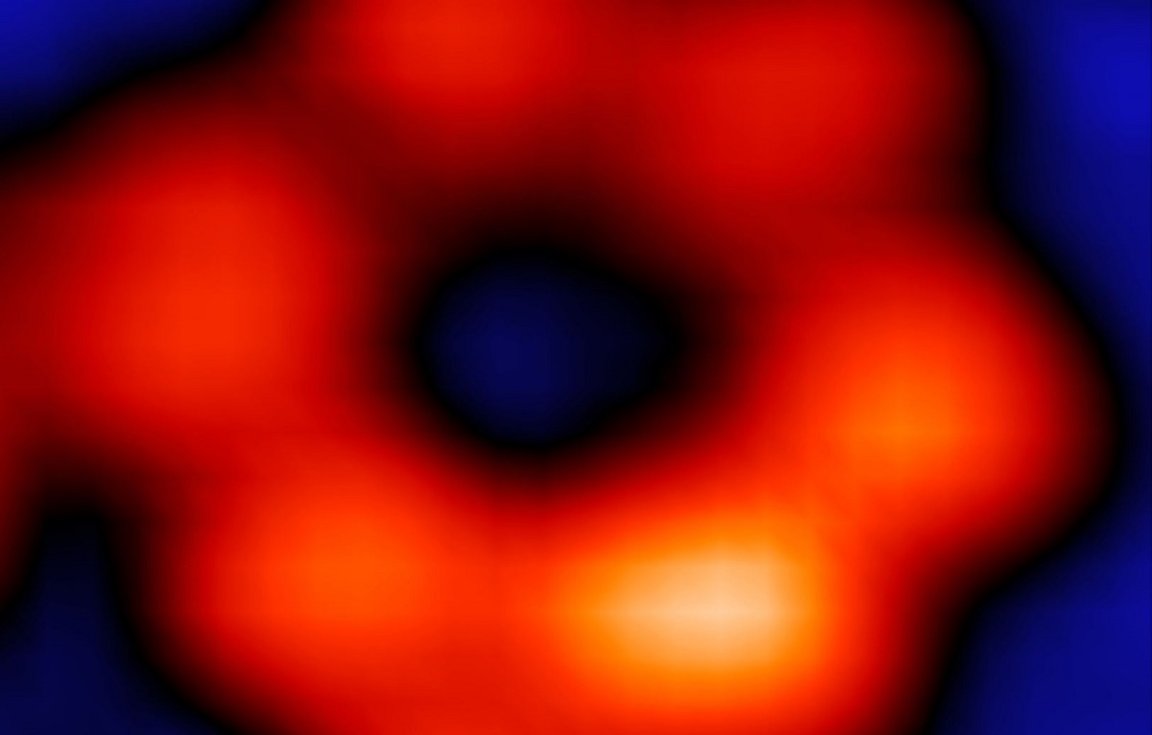
X-Ray Specs
For the first time, a team of scientists has imaged a single atom by using X-rays. And according to the resulting study published in the journal Nature, it offers transformative advantages over other techniques.
“Atoms can be routinely imaged with scanning probe microscopes, but without X-rays one cannot tell what they are made of,” study co-author Sai Wai Hla, a physicist at Ohio University and the Argonne National Laboratory, said in a press release.
“We can now detect exactly the type of a particular atom, one atom-at-a-time, and can simultaneously measure its chemical state,” Hla added. “Once we are able to do that, we can trace the materials down to the ultimate limit of just one atom.”
Combining Forces
Before Hla and his team’s breakthrough, X-ray imaging techniques could only target groups of around 10,000 or more atoms, according to the scientists.
The reason for this limit was that the X-ray signal emitted by a single atom was simply too weak to be detected via conventional methods. To overcome that, the researchers used a technique called synchrotron X-ray scanning tunneling microscopy, or SX-STM.
In short, SX-STM combines X-ray imaging with a specialized microscope that can image atomic surfaces by using an extremely fine conducting tip that tunnels electrons excited by the X-rays. Hla describes these resulting electrons as possessing spectrums that are like elemental “fingerprints,” which can identify exactly what atom they’re dealing with.
New Tricks
Both synchrotron X-ray scanning and STM are old techniques, but getting them to work in tandem has proved tricky. Hla and his team have spent the better part of the last 12 years perfecting their technique.
For their most recent findings, the team used SX-STM to image an iron atom and a terbium atom inside a molecular host, and were able to detect the individual chemical states of both, according to Hla.
“By comparing the chemical states of an iron atom and a terbium atom inside respective molecular hosts, we find that the terbium atom, a rare-earth metal, is rather isolated and does not change its chemical state while the iron atom strongly interacts with its surroundings.”
In the future, this could allow scientists to more precisely manipulate atoms contained within host molecules, and Hla didn’t mince any words on how big a deal this could be.
“This discovery will transform the world,” he said.
More on hard science: Scientists Play Tiniest Game of Baseball By Throwing and Catching Individual Atoms